7741 S Northshore Dr, Suite 104
Knoxville, TN 37919
Hip Pain: More Than Just a Pain in the Butt!
Common sources of hip pain and characteristics of each
Author: Dr. Britt Dalton, PT, DPT, OCS, COMT, FAAOMPT
Hip pain is a common occurrence, estimated to affect ~10% of the population. It is something we frequently see in our own clinics, for various reasons and affecting various groups of people. While there are many different causes of hip pain, this blog will discuss the most common types we see in our clinics, and characteristics of each.
Gluteal tendinopathy: our gluteal region, or buttocks, is made up of several muscles. Two of these muscles, the gluteus medius and gluteus minimus, attach to the bony point on the side of the hip. Sometimes, these tendons may become injured from a specific trauma or wear down over time. This tends to effect women almost twice as much as men, and more often in those 50 and older. Pain with this is usually located on the side of the hip, worsens with prolonged standing or walking, or when lying on either side. Sitting may not be painful, though sitting with your legs crossed may provoke symptoms. This is often misdiagnosed as bursitis, or they may both occur together. A distinguishing characteristic often is that localized swelling is usually seen in the side of the hip with bursitis, whereas it is rarely noted with gluteal tendinopathy alone.
Hip Impingement: this is primarily a problem of the hip joint no longer fitting together properly. The hip joint is comprised of the head, or end of the femur (hip bone), and the acetabulum, or socket, of the pelvis. In the case of impingement, there can be a change in shape of one or both structures. This, in turn, can lead to pain and stiffness in the hip. Overtime, if not addressed, it may lead to damage to the lining of the hip joint. Symptoms associated with this often include hip pain with activity, often those that involve bending your hip deeply or frequently. With time, popping or clicking may occur. Pain is often felt deep in the hip. Symptoms of impingement can occur without imaging showing much change in the shape of the bone. It is important to try and catch this early on, as pain can be resolved in the early stages much more easily than if the problem has been going on for several months.
Labral tears: the labrum is the name of the lining of the hip joint. At times, this tissue can become inflamed, or possibly torn. This may occur with an acute injury, with repetitive stress to the hip (often in dancers and gymnasts), or with issues such as hip impingement that go unmanaged. Pain with a labral tear may be felt deep in the hip. It may be present in the front, side, and/or back of the hip. It may be accompanied by clicking, popping, and feelings of instability. It is often felt with pivoting on the hip, stretching the hip, walking, and running. In many cases, even if a tear is seen, symptoms can be managed and/or resolved without the need for surgery.
Hip arthritis: this is considered the most common type of hip pain in those over the age of 50. It is often accompanied by stiffness, particularly bending and rotating your hip (patients with symptomatic hip arthritis often report difficulty bending their hip enough to put on shoes). The hip will often feel particularly stiff in the morning, though usually loosens up with activity. Activities in moderation are most helpful, whereas too much or too little activity will lead to greater stiffness, greater pain, and often a greater loss of function.
There are many other conditions not listed that can be sources of hip pain, such as referred pain from the spine or pinched nerves. Those mentioned are the ones we most frequently see in the clinic that involve the hip itself, not pain referred from another source.
The important thing to remember for all of these problems is that they can many times be managed well, and even completely resolved, with rehab. A typical bout of rehab should include a thorough examination to determine not only what the likely source of the pain is, but what other factors may be contributing to its development. Following that, a program addressing pain, mobility, strength, activity modifications, and lifestyle changes, specific to that person, can be developed to best attack this problem.
Remember, it is best to catch these problems early on, if possible. However, even if you have been dealing with pain for a while, improvement can still be made. While these conditions can be stubborn and slow to heal, be hopeful, as they can very often be significantly helped without more drastic measures, such as surgery or injections, needed.Released: June 29, 2025
Knoxville
5 Locations
Feel Better. Live Better.
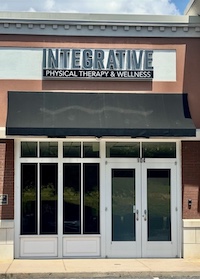
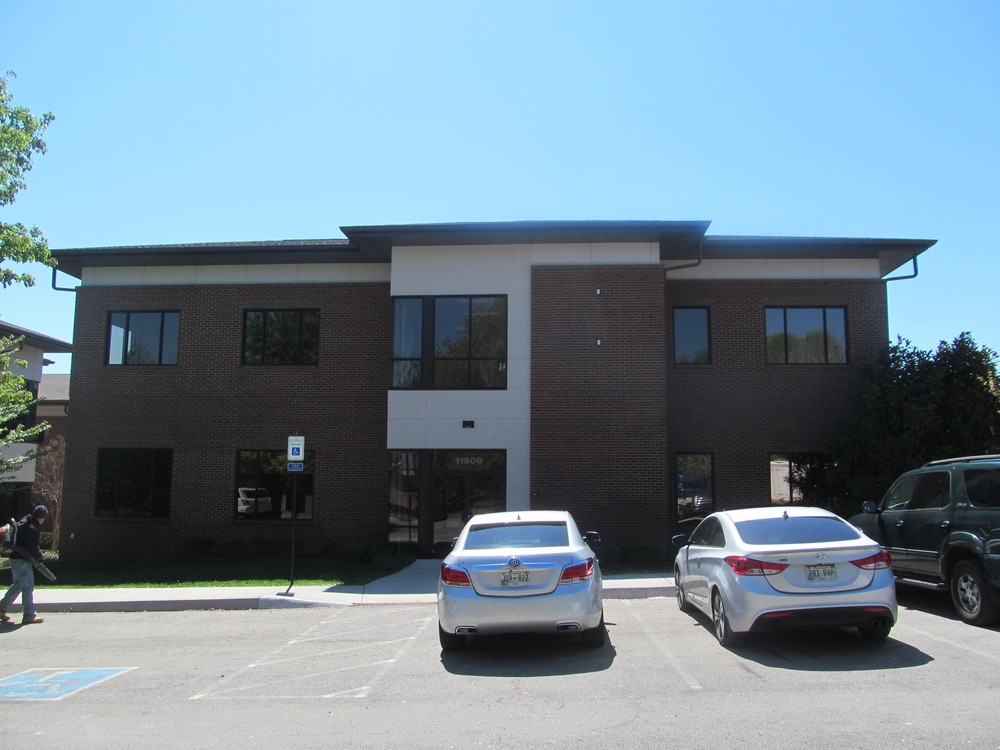
11907 Kingston Pike, Suite 101
Farragut, TN 37934
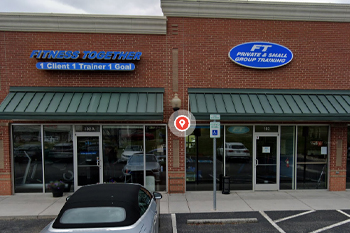
9430 S Northshore Dr. Suite 102A
Knoxville, TN 37922
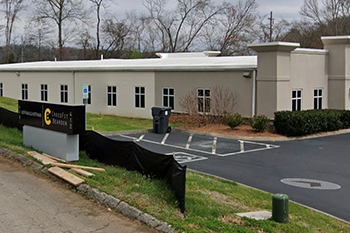
412 Erin Dr.
Knoxville, TN 37919
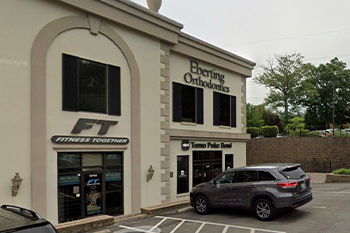
10752 Hardin Valley Rd
Knoxville, TN 37932
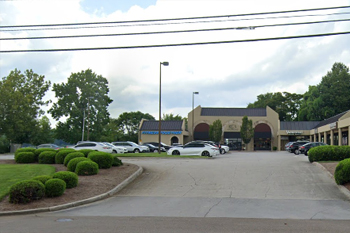
6513 Kingston Pike Suite 110
Knoxville, TN 37919
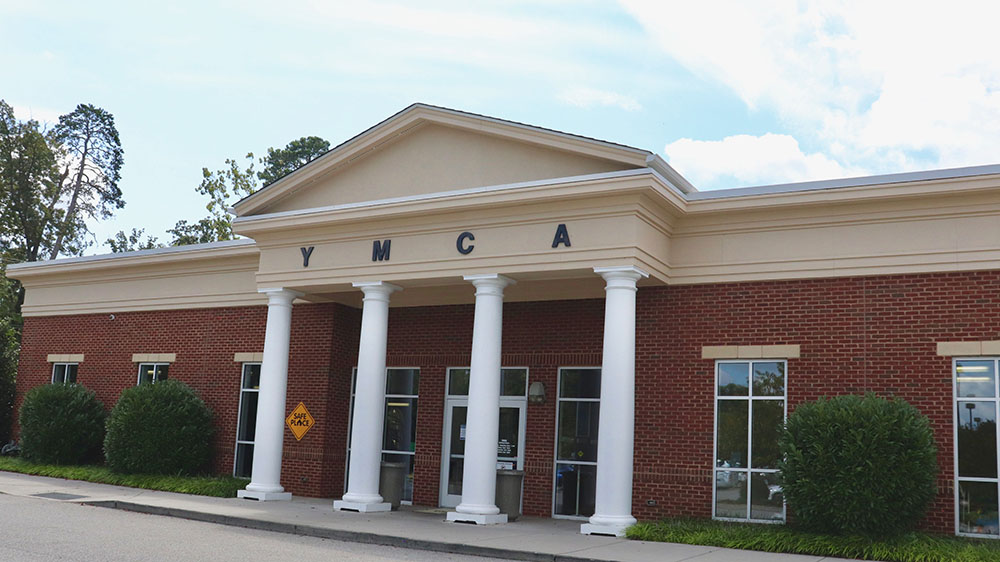
12133 S Northshore Dr
Knoxville, TN 37922